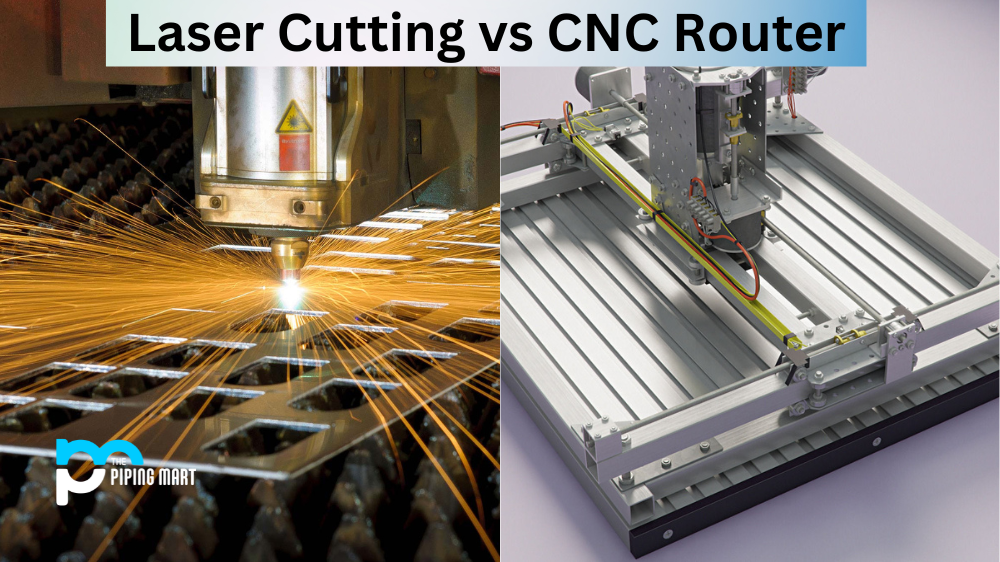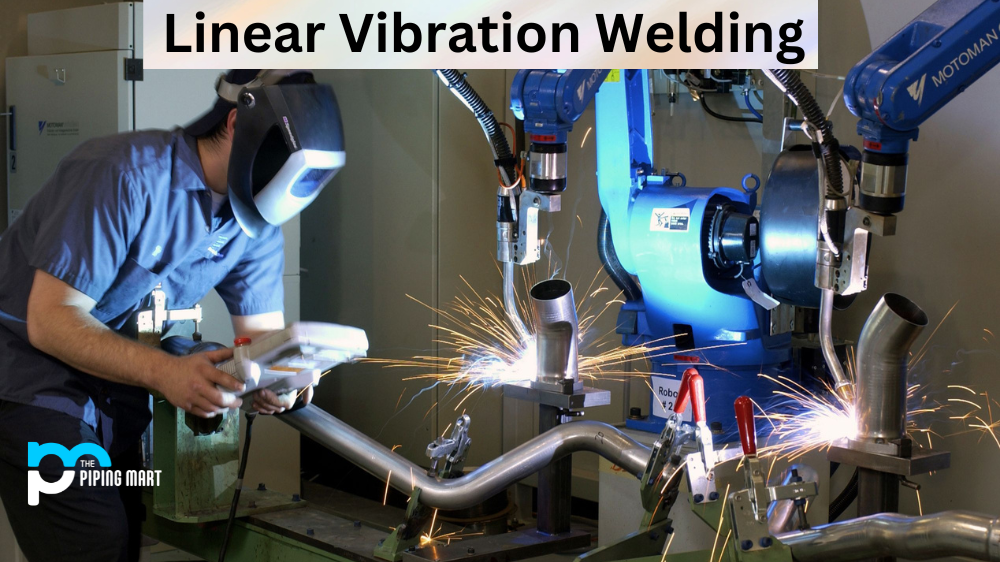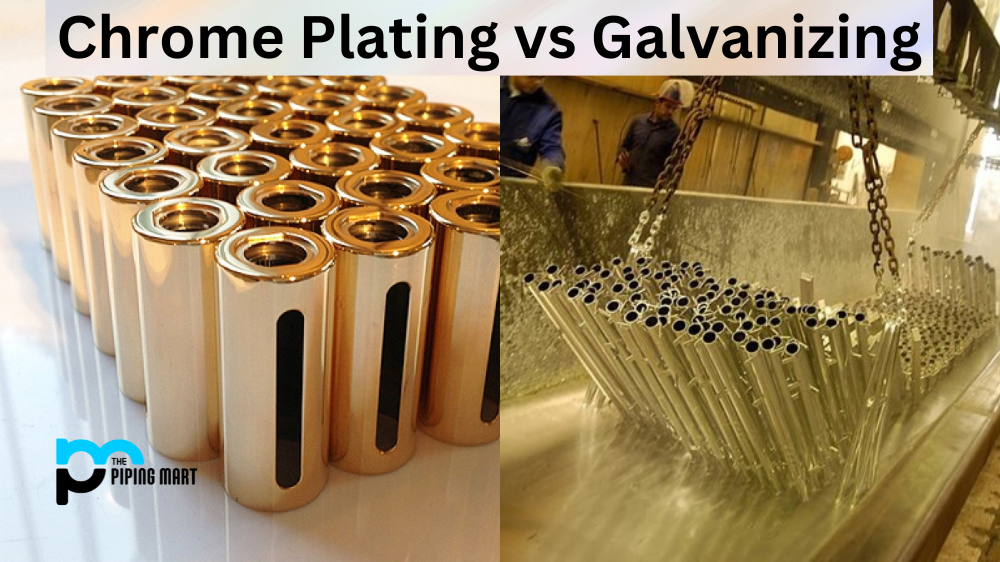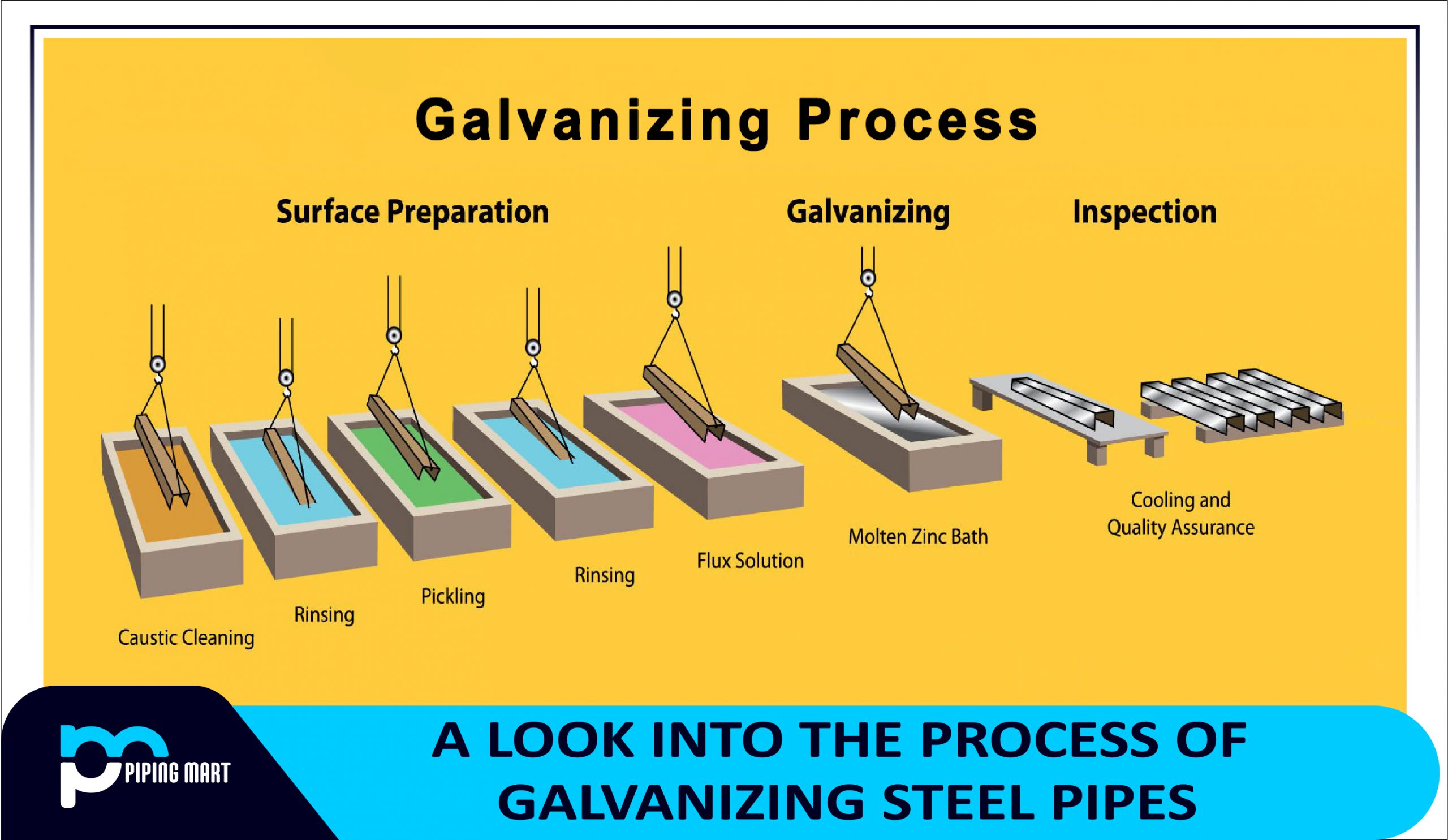When it comes to cutting hard materials, both laser cutting and CNC routers are excellent tools. But what should you choose for your project? In this blog post, we’ll break down the pros and cons of each method to help you make an informed decision.
Laser Cutting
Laser cutting is a process that uses a high-powered laser beam to cut through the material. This type of cutting is often used for intricate designs and shapes because the laser can precisely follow a pattern. It also works well on thin materials like paper, cardboard, fabric, and leather. The downside of laser cutting is that it can be expensive due to its high power requirements. Additionally, certain materials like metals may not be able to be laser cut due to their reflective properties or thicknesses.
CNC Router
CNC router machines use computer-controlled routers to cut out shapes from wood, plastic, metal, or other materials. They are more affordable than laser cutters but require more setup time and programming knowledge in order to operate correctly. CNC routers are great for larger projects that require thicker materials like wood or metal. However, they may not be as precise as laser cutters when it comes to intricate detailing or small projects with thin materials.
Difference Between Laser Cutting and CNC Router
- Laser cutting is a technology that uses a laser to cut materials, and it is typically used for industrial manufacturing applications.
- CNC router is a technology that uses a computer-controlled router to cut materials. It can be used for both industrial and hobbyist applications.
- Laser cutting is more precise than a CNC router.
- Laser cutting can cut through thicker materials than a CNC router.
- CNC router is faster than laser cutting.
- Laser cutting is more expensive than a CNC router.
Conclusion
When deciding between laser cutting vs CNC router for your project, there are several factors that need to be considered, such as cost, precision requirements, material thicknesses, and size of the project. Both types of machines offer unique benefits that make them ideal for different tasks, so it’s important to assess your needs carefully before making a decision. With the right information at hand, you can choose the best solution for your project!

Meet Bhavesh, a seasoned blogger with a wealth of knowledge and experience. From metal products manufacturing to retail, Bhavesh has a diverse background in various industries and is dedicated to sharing his insights and expertise with readers.




